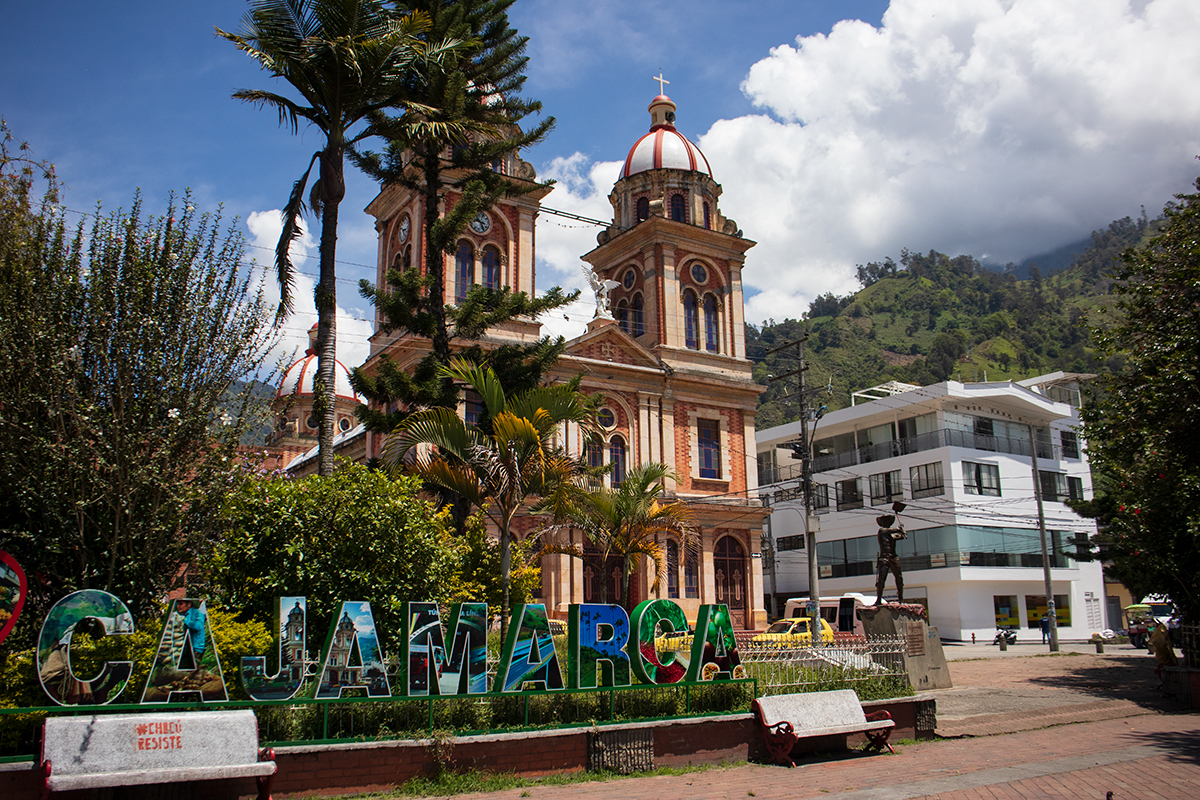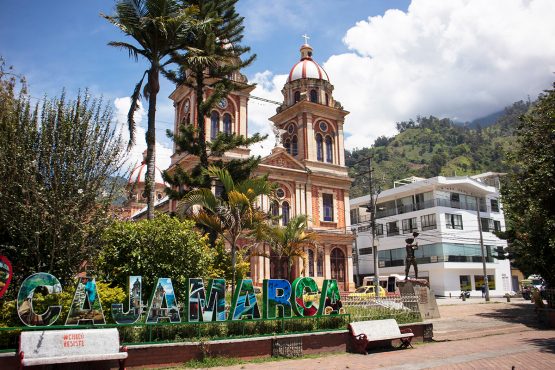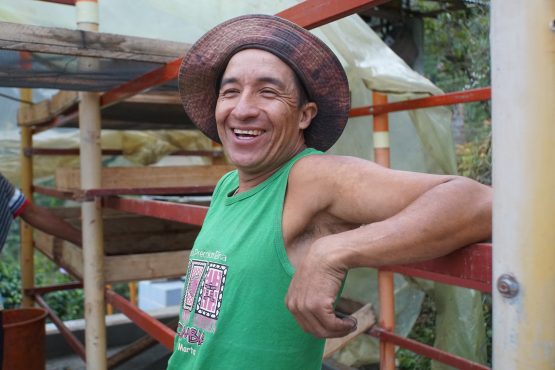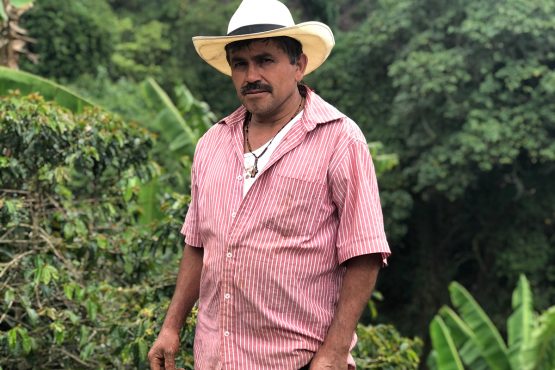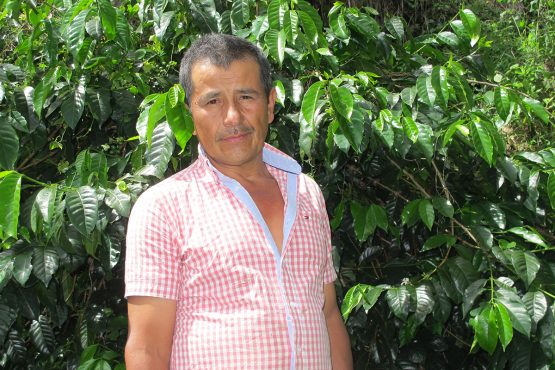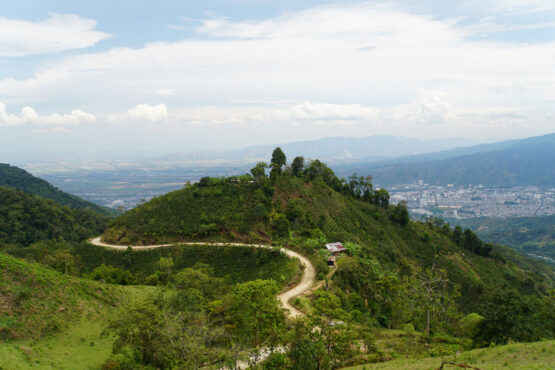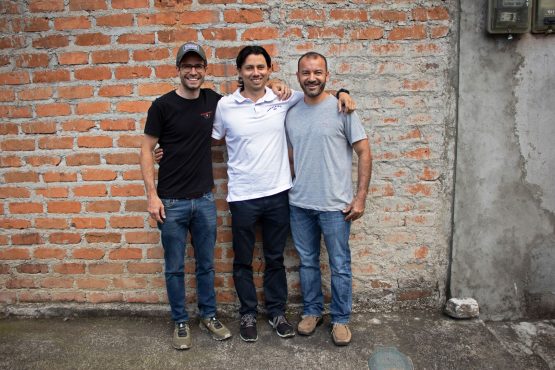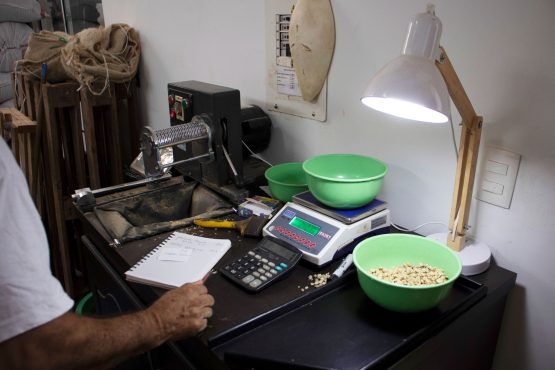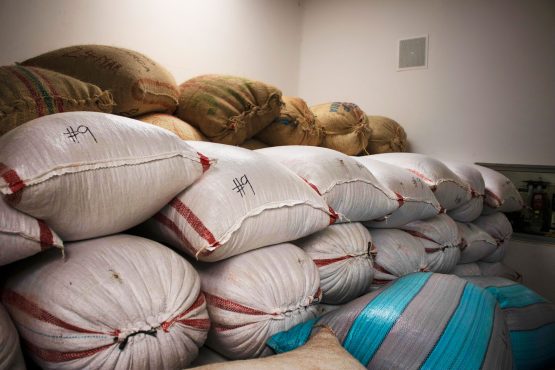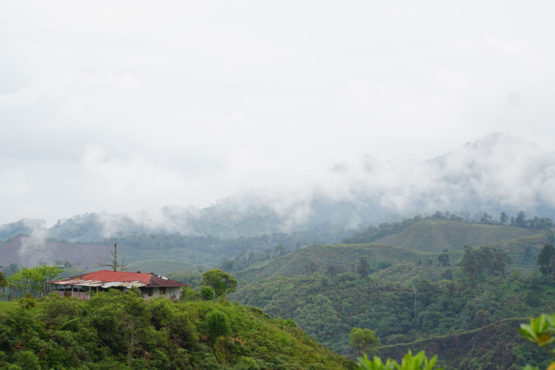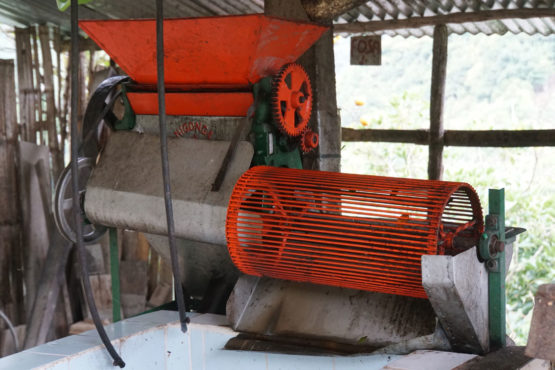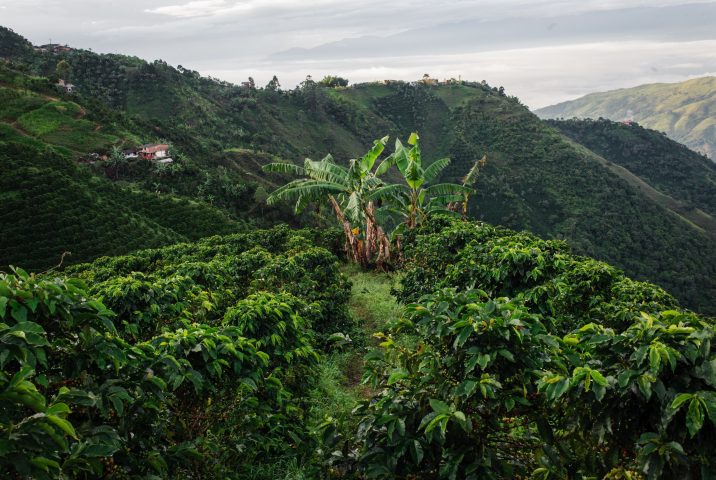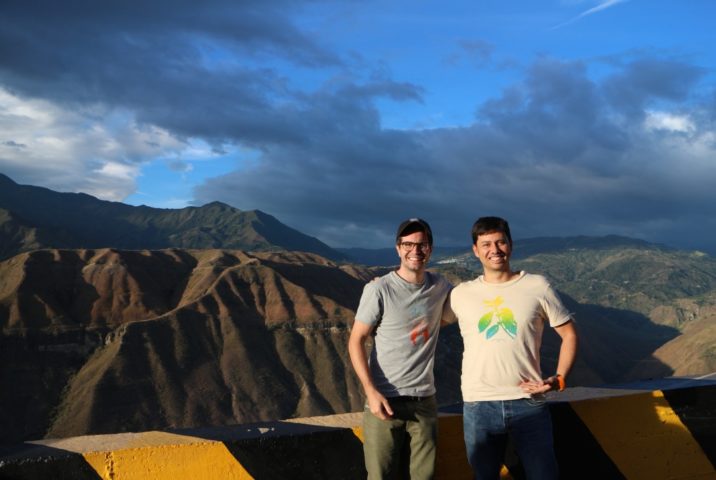Small Producers of Cajamarca
Well balanced and clean. Stewed apple, sultana and brown sugar, with a creamy body and lingering sweetness.
This coffee was grown and processed by six smallholder producers that are situated around the town and municipality of Cajamarca, located in the state of Tolima, Colombia.
The farms that contributed to this lot are very small – on average just 1.5 hectares in size – and are located between 1900-2100m above sea level, in the steep, rugged hills that surround the town. Cajamarca translates to ‘Cold Lands’ in the local Quechua language and was once a major settlement for the Anaime and Tochas indigenous groups, who put up over 70 years of resistance during the Spanish conquest of Tolima in the 16th century. The municipality was not established until 1867, when the remaining local communities were absorbed by Antioquean settlers whose realm of influence spread across western Colombia.
Historically, Cajamarca has been known as one of Colombia’s agricultural hubs. Thanks to nearby volcano Cerro Machín, the land is incredibly fertile, with volcanic soils rich in minerals and nutrients. The Anaime canyon below supplies the town with ample amounts of fresh water, and powers the the local fishing industry. Along with coffee, the municipality is known for being Colombia’s top producer of arracacha (also known as white carrot, or yellow cassava), a root vegetable that is rich in calcium and vitamin A and a staple of the local diet.
In recent years, the town has stood up to large mining companies that have been buying up land and destroying established farms in search for gold. The community has banded together and fought back, recognising that concentrating on agriculture is more environmentally and socially sustainable for their region long term.
Most farms in the region are planted with Caturra, which was the most popular variety during the 1970s and 1980s when the farms were established. Coffee in Cajamarca is farmed with traditional techniques. Fertilisation occurs around three times a year, usually after manual weeding, and pesticides are rarely used. The coffee is selectively hand-harvested, with most labour being provided by the farmers and their families.
ABOUT TOLIMA
The word ‘Tolima’ comes from the local indigenous language and means a “river of snow or cloud”. The region sits on the Cordillera Central, in the middle of the three mountain ranges that provide a range of microclimates well-suited to high-quality coffee production. Coffee is the leading agricultural activity in the region, followed by beans and cattle.
The best known regions in Tolima for specialty coffee are Planadas and Chaparral in the south. This coffee comes from the areas surrounding Ibagué, which is further north in the state. The city is also known as the “Ciudad del Abanico” or the “city of the folding fan” because when you look at it from the sky the rivers running from the mountains split up the crops of rice and cotton, and it looks like a beautiful handmade folding fan.
Central Ibagué serves as the capital of Tolima, and it is the political, commercial and cultural epicentre for the state. Because the city is easily accessible and well-connected, Pergamino have established a warehouse and collection point, managed by longtime employee Gonzalo Pérez. The facilities include a physical assessment lab, where green parchment is assessed and quality is recorded, a cupping space, and ample storage. Here, local farmers deliver small lots (around 100-150kg) of dried parchment every two to three weeks during the harvest. Upon delivery, a sample of the dried parchment is milled and assessed for physical attributes, including uniformity of size, presence of defects, moisture content and seed to hull ratio. If the coffee passes the physical assessment, it is accepted and the farmer receives their first payment for the coffee, calculated by the weight delivered and a base rate that includes a premium on top of the current local market rate.
The coffee is then sample milled, roasted and assessed for quality by Gonzalo and his crew of trained cuppers, and sent weekly to Pergamino’s QC lab in Medellín for further assessment by their expert team. There, each lot is carefully evaluated and, depending on the cup score and profile, sorted into different grades of quality and combined into larger volumes or kept separate as a single estate lot. Feedback on each lot is relayed back to the producer and after it has sold, a second payment is made to them according to the premium the coffee attracted.
The team at Pergamino cups through hundreds of small lots at their QC lab in Medellin, to select the coffees that are blended together into this special regional lot. The coffees included were chosen for their outstanding cup profile and distinct regional characteristics.
Coffee from Tolima has historically been very difficult to access due to the region’s isolation and instability. For many years this part of Colombia was under the control of Colombia’s notorious rebel group, the FARC, and as a result, it was unsafe and violent. Since 2012, safe access to this region has been possible as a result of peace talks between the Colombian government and the rebels. Since this time some stunning coffees from small producers have become accessible to the international market. Our export partners for this coffee, Pergamino, have worked hard commercialise specialty-grade coffee throughout Tolima, and are now able to source some outstanding coffees from very dedicated producers. Head here to learn more about the work of Pergamino.
HOW THIS COFFEE WAS PROCESSED
The coffees in this lot were selectively hand-harvested, with most labour being provided by the farmers and their families. They were processed using the washed method at each farm’s ‘micro-beneficio’ (mill).
The coffee was pulped using a small manual or electric pulper and then placed into a fermentation tank, where it was fermented for around 48 hours (depending on the weather and the farm’s location) and then washed using clean water from nearby rivers and streams.
It was then carefully dried (over 10–18 days) on parabolic beds, which are constructed a bit like a ‘hoop house’ greenhouse, and act to protect the coffee from the rain and prevent condensation dripping back onto the drying beans. The greenhouse is constructed out of plastic sheets and have adjustable walls to help with airflow, and temperature control to ensure the coffee can dry slowly and evenly.
Once dry, the coffee was delivered to Pergamino’s warehouse, where it was cupped and graded, and then rested in parchment until it was ready for export.
